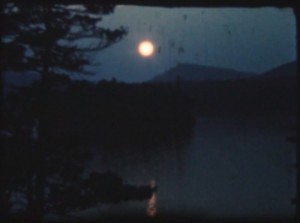
"Land of My Dreams, Joseph J. Harley, ACL, will tell you, is a simple record of fun and friends. As such, it is an attractive piece of Kodachrome, colorful in its camera work, leisurely in its pace (400 feet, 8mm.) and frankly sentimental in its outlook. Lake Saranac and the Harley summer cottage comprise the land of Joe Harley 's dreams, although his myriad friends of ten years' standing play a large part in that Elysium. You see them throughout the film, going about their fishing and boating, picnics and swimming with an infectious zest and good humor. The record is climaxed with a detailed presentation of a grand communal party, at which each of the guests is required to put on some sort of skit or bit of entertainment." Movie Makers, June 1944, 246.
Note of warning: the "communal party" referenced in the description above includes a performance in blackface.
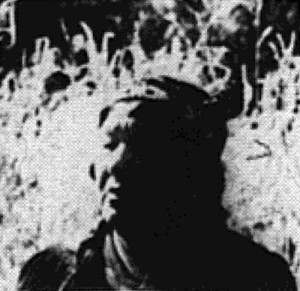
"The Arawas, natives of the New Zealand, made their home in the steaming, boiling thermal areas of their country. Now visited by numbers of tourists annually, there are still remnants of the people and their rich history and culture" PSA Journal, Oct. 1963, 42.
"Oscar Horowitz, of Newton, Mass., has taken the theme of Plymouth and developed it into the Movie of the Month. Opening with scenes of modern Plymouth we are reminded of the growth and prosperity that is our heritage. And this month, November, as the nation prepares to again celebrate Thanksgiving, Home Movies Magazine salutes Mr. Horovitz for producing a film that should remind one and all of the unrestricted freedom and opportunities that exist within our borders." Home Movies, Nov. 1950, 460.
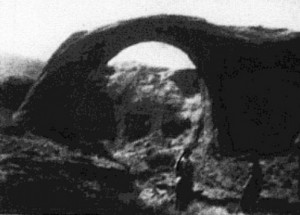
"After years of seeing the rugged Colorado River conquered by small parties of adventurers as rugged as the river itself, O.L. Tapp has produced Land of the Rock Up Over, a film in which a party of perhaps half a hundred young men and women thoroughly enjoy a mass invasion of the river country in seven large rubber rafts and only one cataract boat. The charm of Mr. Tapp's capable but perhaps over-long film lies in the companionship, fun, and excitement that stem from the very size of the exploring party. Admittedly in the river passage from Hite, Utah, to Lee's Ferry the river's most dangerous rapids have been avoided. But who cares - the group had fun! Skillfully photographed and with an interesting narrative well-recorded on magnetic stripe, the film holds audience attention by its very competence throughout its considerable length" PSA Journal, Jan. 1955, 50.
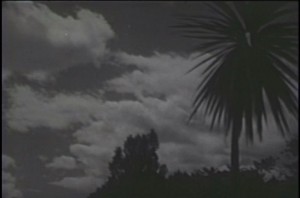
"In Ultima Thule and Peggy's Cove, produced by Edward A. Bollinger, ACL, and Mrs. Bollinger, one finds what must be the ultimate in beautiful scenic photography, magically infused throughout with a sensitive feeling for the relationship of ordinary people to their natural backgrounds. Beyond the veritable perfection of many of the scenes in these pictures it seems impossible for camera and film to go, even when guided by skill and imagination as superb as Mr. and Mrs. Bollinger's. Compositions, cutting and sequence structure are incisive and stirring, while the title wordings and execution leave little to be desired in suave good taste. The two subjects are first and last reels of a four reel study of Nova Scotia, in which, it is understood, Mr. Bollinger has done the camera work and his wife the editing and titling. It is a happy combination, from which have resulted documentary reels of magnificent skill and breathtaking beauty." Movie Makers, Dec. 1935, 550.
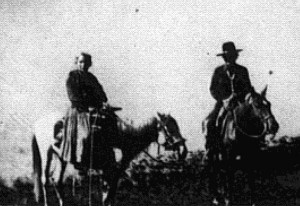
"The wilderness of Colorado where the visitor may wonder how the Indian can extract a livelihood from the dry, treeless land. To be sure, there are trees, and some with the raiment of ghosts, from which life long ago departed. The rugged Indian does eke a living from this waste, mostly from sheep, goats, weaving, and trinkets. The film is a record of these things in well chosen settings, including a desert storm" PSA Journal, Oct. 1961, 49
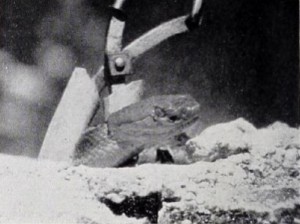
"Few individuals make so bold as to approach a snake either in a cage or its natural habitat. Leo J. Heffernan, however, not only approached a large number, but he has made a brilliant record of them in their natural surroundings and normal pursuits. No mere collection of harmless grass, garter and black snakes, this film of the field shows rattlesnakes, copperheads and coral snakes in their deadly dangerousness. Land Snakes Alive! is a comprehensive record of a series of field trips made by a group of amateur herpetologists, specialists in the study of reptilian life. An effective sequence deals with milking a rattlesnake of its venom; here, unusual and intelligent use is made of a split screen which shows simultaneously a medium shot of the subject and a closeup of the detailed action. Although the film is popular in style, it is highly informative. Even persons who shudder at reptiles will find amusement in the scenes of the common hog nose, or puff adder, playing dead when it believes itself in danger. Mr. Heffernan lets snakes put their best coils forward." Movie Makers, Dec. 1945, 494.
"Dr. Karl von Frisch performs some of the experiments which led to his discovery of the language of the bees. Explains the system by which bees communicate information about direction and distance. Emphasizes the importance of curiosity in scientific research." via WorldCat
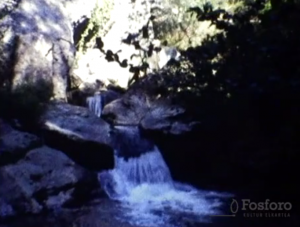
El filme muestra diversos paisajes naturales de Ribera en Álava (España) mientras se escucha la narración de un hombre reflexionando mientras deja atrás la ciudad y mira las montañas y ríos. El hombre recuerda distintos fragmentos de su vida y mientras mira el río concluye que aún le queda un largo camino en la vida.
The film depicts several natural landscapes of Ribera in Álava (Spain) while a male voice narrates the reflections of a man while he leaves the city behind and watches the mountains and the rivers. The man remembers many fragments of his life and while he sees the river he concludes that there is still a long road ahead for him in life.
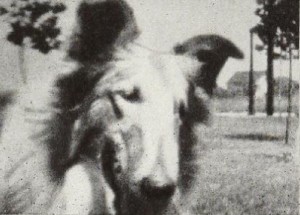
"Children and pets are generally lovable and always interesting; but filming them is not a simple task, as many amateurs have found out. Raymond J. Berger, in Lassie Stays Home, accomplishes it with a sure touch and an ease that will be the envy of his fellow filmers. The excellently planned story tells of a lost child who is found by Lassie, the loyal canine family member, after the baby's somewhat older sister hunts her frantically. No adult appears in any of the footage; and remarkably enough, one does not sense the directing mother, just out of camera range. The whole movie goes forward as if the children and Lassie were entirely alone, with the camera miles away. Here is 8mm at its best and here is a film that every amateur would be proud to have made." Movie Makers, Dec. 1945, 494.
Total Pages: 203